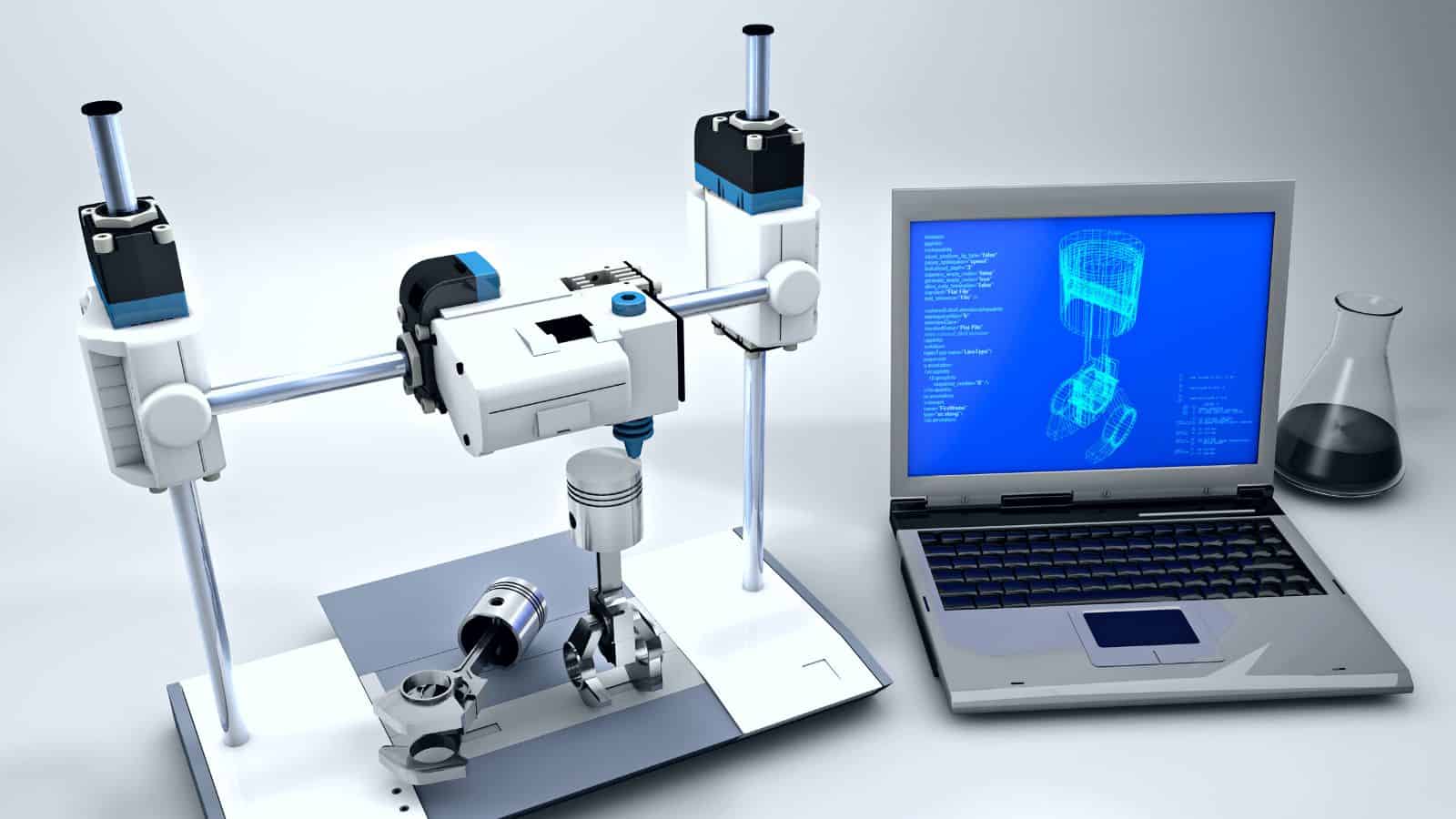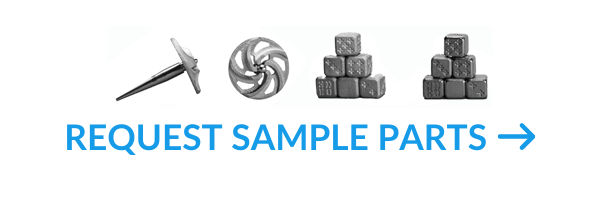3D printing, also known as additive manufacturing (AM), is one of the most exciting manufacturing technologies talked about today. We are now seeing a second modern wave of interest and enthusiasm for 3D printing with advances appearing in news feeds everyday across markets including consumer, industrial, automotive, aerospace, medical, and many more.
Surprisingly, the technology is over 30 years old, but the first modern wave of public excitement occurred around 2012 when media outlets touted the technology as ready to revolutionize the entire manufacturing landscape. Additive manufacturing had come a long way over three decades, but it wasn’t quite ready to live up to the massive hype. Fortunately, the technology has developed dramatically in the intervening five years — especially the 3D printing of metal alloys.
In this series of articles, this online guide will provide information on the different metal AM processes available today including advantages, disadvantages, and applications.
The purpose of this guide is to help the manufacturing leaders and engineers learn about the exciting new technology and how to best leverage it. The potential benefits of AM are too great to ignore: previously impossible design possibilities, on-demand manufacturing, reshaped supply chains, and much faster product development cycles. For example, AM gives you the ability to create internal chambers, nonlinear cooling channels, and other extremely complex geometries. It’s possible to consolidate many parts into a single design, subsequently reducing the number of parts that need to be designed, created, tracked, and stored.
Benefits of Metal Additive Manufacturing
The popularity of 3D printing is directly related to the technology’s exciting possibilities and benefits. When 3D printing is used to create metal parts, the layer-by-layer approach allows for the creation of parts without the use of a mold or casting. Typically, the time required to make the tooling for different traditional manufacturing processes can range from a few weeks to several months, with no parts being produced in the meantime. Machining a part can be done more quickly, but it can be very expensive for complex geometries and difficult to scale to high quantities.
To summarize, the four main benefits of metal 3D printing include: lowering costs, quickly innovating, new design possibilities, and on-demand manufacturing.
Lower Costs of Manufacturing
3D printing dramatically lowers the cost of manufacturing complex or custom parts. Also, by removing the need for a mold or tooling you take away the associated investment required to get the manufacturing line up and running.
Create New Design Possibilities with 3D Printing
The layer-by-layer approach of metal 3D printing enables previously impossible designs and customization opportunities by stretching beyond the limits of traditional manufacturing. Lightweighting and parts consolidation are two very popular design applications of metal 3D printing.
Metal 3D Printing Allows You to Be Innovative & Get to Market Fast
Engineers and product designers can iterate on part designs quickly to test new ideas and concepts. Increasing the speed of innovation allows companies to get new products to market with faster than ever before.
On-Demand Manufacturing with Additive Manufacturing
With 3D printing, it is possible to order only the quantities needed and with short turnaround times. The concept of a digital inventory refers to part files being stored electronically, and then created as desired to match demand. This includes legacy parts where the tooling is unavailable or prohibitively expensive.
Work with 3DEO
3DEO makes high quality metal components with our proprietary metal 3D printers. We specialize in manufacturing low/medium volumes on demand, which means there’s no need to worry about long lead times, minimum order quantities, or high tooling/setup costs.
{{cta(‘8e2d4675-7c44-4d4b-99af-c8ef1aa04dce’)}}



